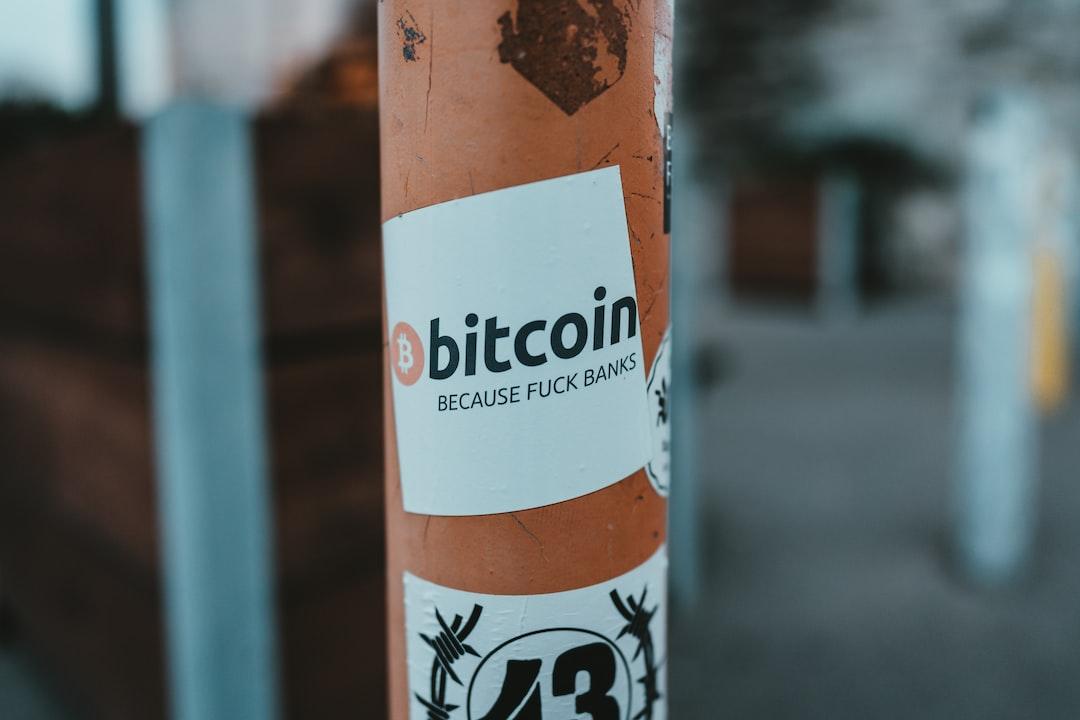Due to some political and macroeconomic changes, the unpredictability of the cryptocurrency market is increasing. In particular, the results of the European Parliament elections have influenced investors’ attitudes, leading to a complexification of market order.
With different economic indicators given by various countries and these political changes in Europe, investors are unsure about what laws will govern digital asset management and what will happen to market stability.
Recently, far-right parties won more seats in the just-concluded EU elections, altering the political landscape, especially in countries like France, Germany, or Austria. For example, Marine Le Pen’s National Rally won support, forcing French President Emmanuel Macron to call for early parliamentary elections.
This right-wing victory reflects a broader counter-systemic shift in the European cryptocurrency field. While the European Parliament is still dominated by established parties with 705 members, they are increasingly challenged by the rise of far-right groups.
Read more:

JPMorgan report says U.S. regulators do not want CBDC
These changes have a significant impact on cryptocurrencies. Department head Jag Kuhner said, “Derivatives” on Bitfinex – if they tilt to the right, it may mean stricter regulations on digital assets.
Some are worried that conservative governments will create a restrictive regulatory environment, while others believe that under left-leaning or centrist leaders, such rules will be more lenient; for example, the MiCA framework proposed by the European Commission in the cryptocurrency market is largely in consideration of liberal interests.
With political changes and recent economic indicators, the outlook for the cryptocurrency market has become more complex. Last week, the European Central Bank (ECB) announced a 25 basis point rate cut, initially boosting investor sentiment. This move is seen as a potential driver of economic growth and support for risk assets, including cryptocurrencies.
Read more:

Best cryptocurrency and bitcoin trading apps on mobile
However, the weakening of optimism came after the release of stronger-than-expected U.S. employment data on Friday. Strong employment data weakened hopes of the Fed taking similar rate-cut measures.
As investors reassess expectations for U.S. monetary policy, the cryptocurrency market has responded negatively, showing a decline. The divergence between the European rate cut and the possibility of a more hawkish stance by the Fed has added additional uncertainty, dampening investor confidence in the cryptocurrency market.
However, market experts remain optimistic about the future of the cryptocurrency market. There has been a significant inflow of funds into U.S. spot ETFs for Bitcoin, indicating increasing institutional interest. Additionally, cryptocurrency analyst Ali Martinez has alleviated concerns about a market downturn.
In a recent X post, short-term Bitcoin investors saw a return of 3.35%, meaning the “risk of further Bitcoin selling” is low. As of the writing of this article, the cryptocurrency market capitalization has fallen by 0.20% to $2.54 trillion.




